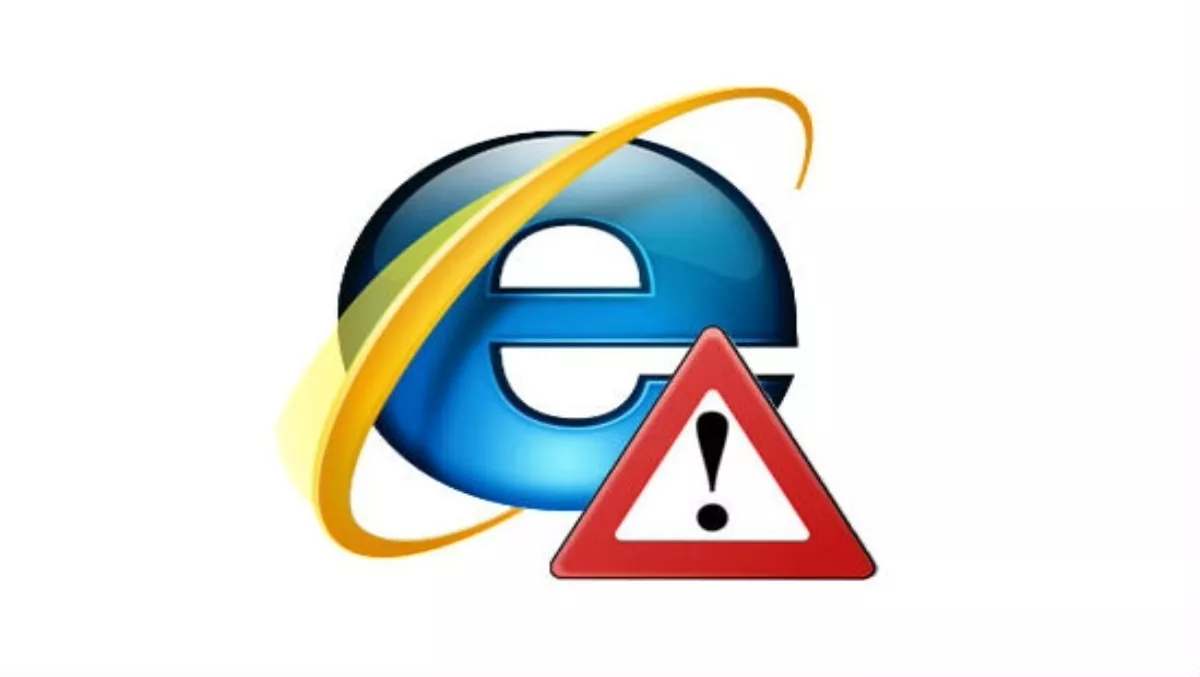
Microsoft rushes to fix major Internet Explorer security flaw
Microsoft has warned users of a vulnerability in its Internet Explorer browser, severe enough to allow hackers to gain access and user rights to their computer.
Redmond has issued a statement stating that the flaw affects IE versions 6 to 11, adding that it is “aware of limited, targeted attacks that attempt to exploit a vulnerability.”
According to the software firm, the vulnerability is a remote code execution vulnerability, existing in the way that IE accesses an object in memory that has been deleted or has not been properly allocated.
As a result, the vulnerability may corrupt memory in a way that could allow an attacker to execute arbitrary code in the context of the current user within IE.
An attacker could host a specially crafted website that is designed to exploit this vulnerability through Internet Explorer and then convince a user to view the website.
“On completion of this investigation, Microsoft will take the appropriate action to protect our customers, which may include providing a solution through our monthly security update release process, or an out-of-cycle security update, depending on customer needs,” said the company, in an official statement issued over the weekend.
Microsoft says it is “actively working” with partners in its Microsoft Active Protections Program (MAPP) to provide information that they can use to provide broader protections to customers.
Following the discovery of the vulnerability, Microsoft is encouraging customers to follow the guidance in the Microsoft Safety & Security Center of enabling a firewall, applying all software updates, and installing antimalware software.
Yet worryingly for Windows XP users, this will be the first zero day vulnerability that will not be patched for Windows XP users, following Microsoft’s ending of support on April 8, 2014.

Mitigating Factors…
By default, Internet Explorer on Windows Server 2003, Windows Server 2008, Windows Server 2008 R2, Windows Server 2012, and Windows Server 2012 R2 runs in a restricted mode that is known as Enhanced Security Configuration. This mode mitigates this vulnerability.
And by default, Microsoft says all supported versions of Microsoft Outlook, Microsoft Outlook Express, and Windows Mail open HTML email messages in the Restricted sites zone.
The Restricted sites zone, which disables script and ActiveX controls, helps reduce the risk of an attacker being able to use this vulnerability to execute malicious code.
If a user clicks a link in an email message, the user could still be vulnerable to exploitation of this vulnerability through the web-based attack scenario.
An attacker who successfully exploited this vulnerability could gain the same user rights as the current user. Users whose accounts are configured to have fewer user rights on the system could be less impacted than users who operate with administrative user rights.
In a web-based attack scenario, an attacker could host a website that contains a webpage that is used to exploit this vulnerability. In addition, compromised websites and websites that accept or host user-provided content or advertisements could contain specially crafted content that could exploit this vulnerability.
In all cases, however, an attacker would have no way to force users to visit these websites. Instead, an attacker would have to convince users to visit the website, typically by getting them to click a link in an email message or Instant Messenger message that takes users to the attacker's website.

